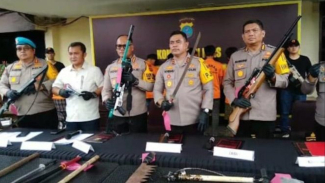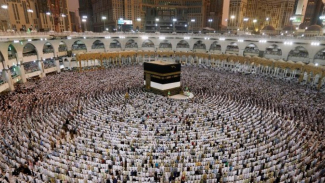Central IKN's Population to be Capped at 300 Million
- VIVA/Ahmad Farhan Faris
Penajam Paser Utara, VIVA – The Ministry of Public Works and Public Housing (PUPR) revealed that the government plans to regulate the population in the IKN Area (K-IKN) and the Central Government Core Area (KIPP). The population to be capped around 300 thousand people.
Director of Road Development at the Directorate General of Highways, Wida Nurfaida, hopes that by 2045, the total population in IKN will range between 180-300 thousand people.
"The population in IKN to be limited to 180 to 300 thousand people by 2045," Nurfaida said in a statement on Wednesday (August 7).
Meanwhile, for the IKN Development Area (KP-IKN), Nurfaida hopes that the population will be around 1.8 up to 2 million people, which includes both native residents and relocated people.
The area of IKN spans 326 thousand hectares, encompassing vast land and water areas. She explained that the development planning is divided into three phases.
These phases include KIPP with a development area of 6,671 hectares, the K-IKN area covering 56,180 hectares, and the KP-IKN covering 199,962 hectares.
She added that IKN is divided into 9 planning zones until 2045. The first zone is KIPP, followed by the Economic and Financial Center, Renewable Energy Area, and Corporate and Recreation Area.
Istana Garuda IKN Nusantara, Kalimantan Timur
- VIVA/Ahmad Farhan Faris
Additionally, there are the Education Services Area, Innovation and Research Zone, Agro Community Zone, Trade and Logistics Zone, Agricultural Industry Zone, and Fisheries and Agriculture Zone.
As for KIPP, it divided into 3 zones, namely Zones 1A, 1B, and 1C. Zone A consists of the Core Government Area, which includes the State Palace and Garuda Palace.
Zone 1B is the center for government and education, where there will be international standard universities and sports centers.
"Zone 1C will be the center for health governance, featuring hospitals, including government hospitals, international hospitals, and housing," she concluded.



























